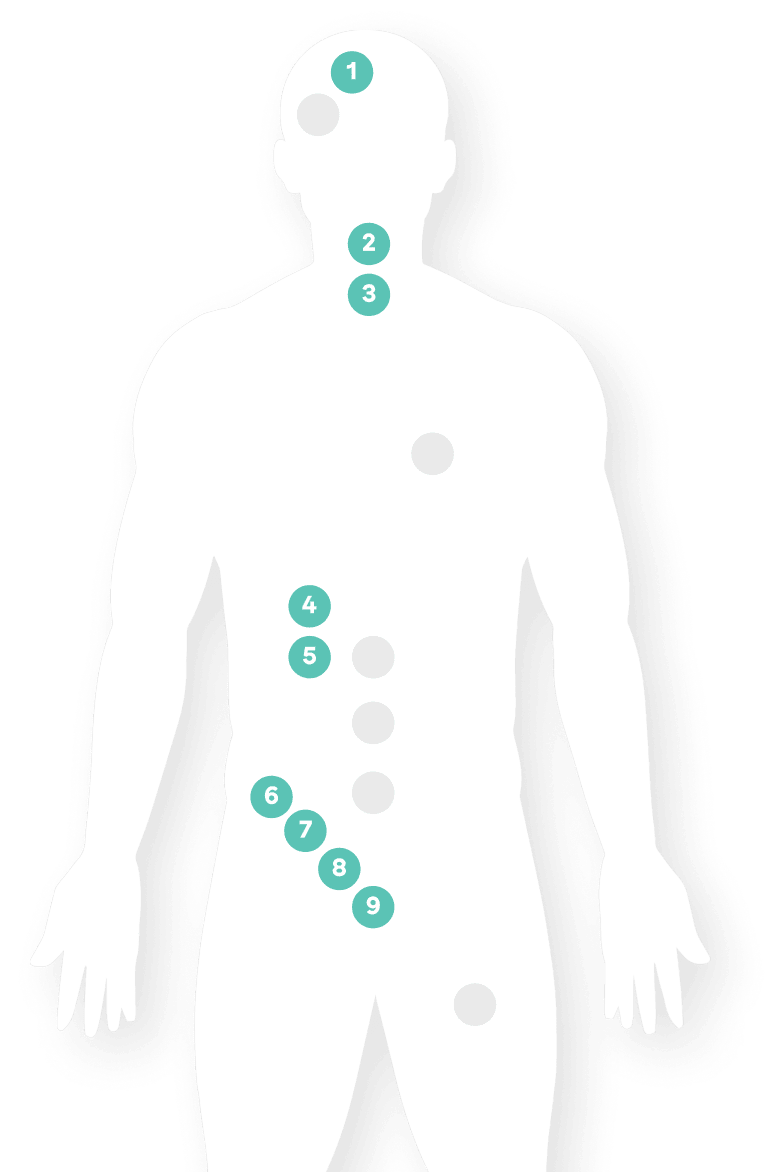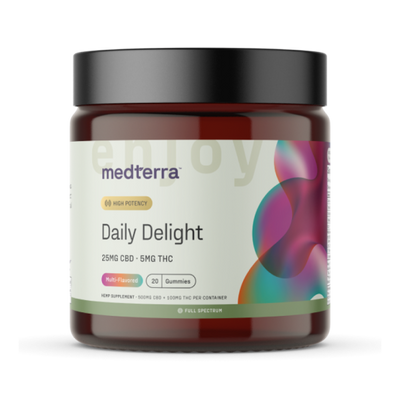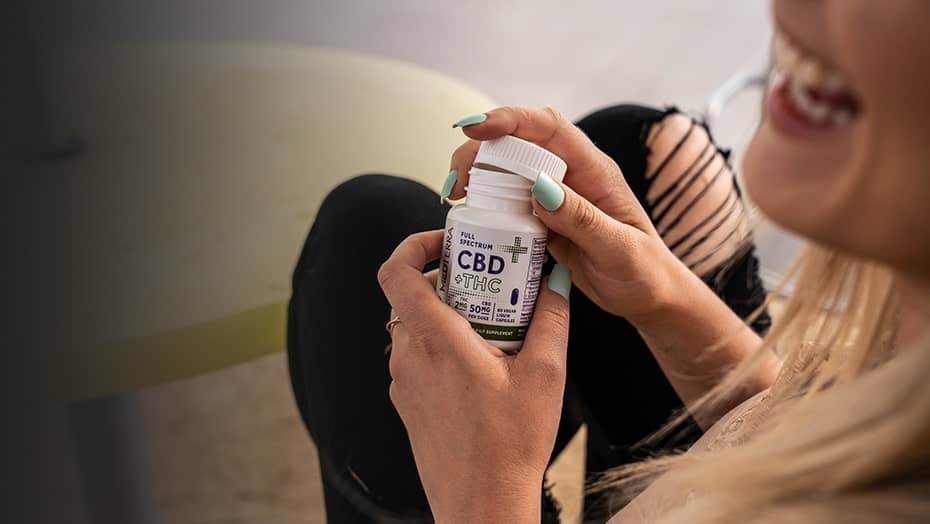- Brain / CNS / Spinal Cord Cortigal Regions / Cerebellum / Brainstem (neocortex, pyriform cortex, hippocampus, amygdala)
- Thyroid (endocrine gland)
- Upper Airways (of mammals)
- Liver (kupffer cells - macrophage immune cells, hepatocytes -liver cell, hepatic stellate cells - fat storage cell)
- Adrenals / Basal Ganglia / thalamus / pituitary / hypothalamus / olfactory bulb (endocrine gland, globus pallidus, substantia nigra pars, reticulata, endocrine-brain link)
- Ovaris (gonads and endocrine gland)
- Uterus (myometrium)
- Prostate (epithelial and smooth muscle cells)
- Testes (gonads and endocrine gland, leydig cells, sperm cells)

From the American hemp farms in Kentucky to your home.
Kentucky is located in a region that hosts long growing seasons and provides rich soil that has been tilled for hundreds of years, resulting in the best possible American grown crop.
Our hemp is farmed in accordance with the strict guidelines set by the Department of Agriculture and the Kentucky Hemp Pilot Program - always assuring quality and consistency for our consumers.

Certified by the U.S. Hemp Authority Certification program.
Medterra complies with the U.S. Hemp Authority Certification program which is the industry’s initiative to provide high standards, best practices and self regulation.
We adhere to these standards in an effort to instill confidence in the products we offer to the consumers that use them. Under those same regulations, our hemp plants are grown without herbicides like glyphosate, as chemicals would harm the plant and void guidelines by the Kentucky Department of Agriculture.

The safest and highest quality product certified by third-party lab testing.
All of our extracts go through independent, third-party lab testing, so that you can be sure you’re receiving the safest, highest quality product. This means our customers get to enjoy the benefits of this very diverse plant without the risk of contaminates, pesticides.
As always, our Certificates of Analysis or testing results are always available for review on our website.
Both contain CBD, but there's a much higher percentage in hemp, which also has a lower (less than 0.3%) level of THC.
“Our products are made with CBD that has been derived from hemp, not marijuana.”
CDB Isolate
Isolate products contain only CBD that has been isolated from all the other components of the hemp plant. The extraction process used, removes all of the other cannabinoids, including THC, as well as, terpenes and waxes, leaving just pure isolated CBD.
Shop Now
Broad Spectrum
Broad Spectrum products are a blend of cannabinoids, terpenes and fatty acids that naturally occur in the hemp plant. An extraction process is utilized to remove the THC compound, while maintaining substantial levels of other valuable cannabinoids.
Shop Now
Full Spectrum
Full Spectrum products that contain all of the plant’s naturally-occurring compounds. This includes other cannabinoids, terpenes and fatty acids, as well as, having THC.
Shop Now
The Endocannabinoid System
What is the Endocannabinoid System? The ECS is a self-regulating system of cannabinoid receptors that are located throughout the body. It communicates with nearly every system of the body, including the central nervous system, immune system and organs.
There are two cannabinoid receptors - CB1 and CB2 - and they are located on cells throughout the body. Cannabinoids are designed to stimulate the cannabinoid receptors. This stimulation activates the receiving neuron into action, triggering a set of events to pass along the message and carry out a variety of cellular responses needed for homeostasis and healthy functioning.
CB1 receptors are primarily located on nerve cells in the brain, spinal cord and central nervous system. They have been found to play a role in memory processing, motor regulation, discomfort sensation, mood, and sleep. CB2 receptors are found throughout cells in the immune system and its associated structures. When activated, they stimulate a response that fights inflammation, which can reduce discomfort and minimize damage to tissues.
- Brain / CNS / Spinal Cord Cortigal Regions / Cerebellum / Brainstem (neocortex, pyriform cortex, hippocampus, amygdala)
- Thyroid (endocrine gland)
- Upper Airways (of mammals)
- Liver (kupffer cells - macrophage immune cells, hepatocytes -liver cell, hepatic stellate cells - fat storage cell)
- Adrenals / Basal Ganglia / thalamus / pituitary / hypothalamus / olfactory bulb (endocrine gland, globus pallidus, substantia nigra pars, reticulata, endocrine-brain link)
- Brain / CNS / Spinal Cord Cortigal Regions / Cerebellum / Brainstem (neocortex, pyriform cortex, hippocampus, amygdala)
- Thyroid (endocrine gland)
- Upper Airways (of mammals)
- Liver (kupffer cells - macrophage immune cells, hepatocytes -liver cell, hepatic stellate cells - fat storage cell)
- Adrenals / Basal Ganglia / thalamus / pituitary / hypothalamus / olfactory bulb (endocrine gland, globus pallidus, substantia nigra pars, reticulata, endocrine-brain link)
- Ovaris (gonads and endocrine gland)
- Uterus (myometrium)


































